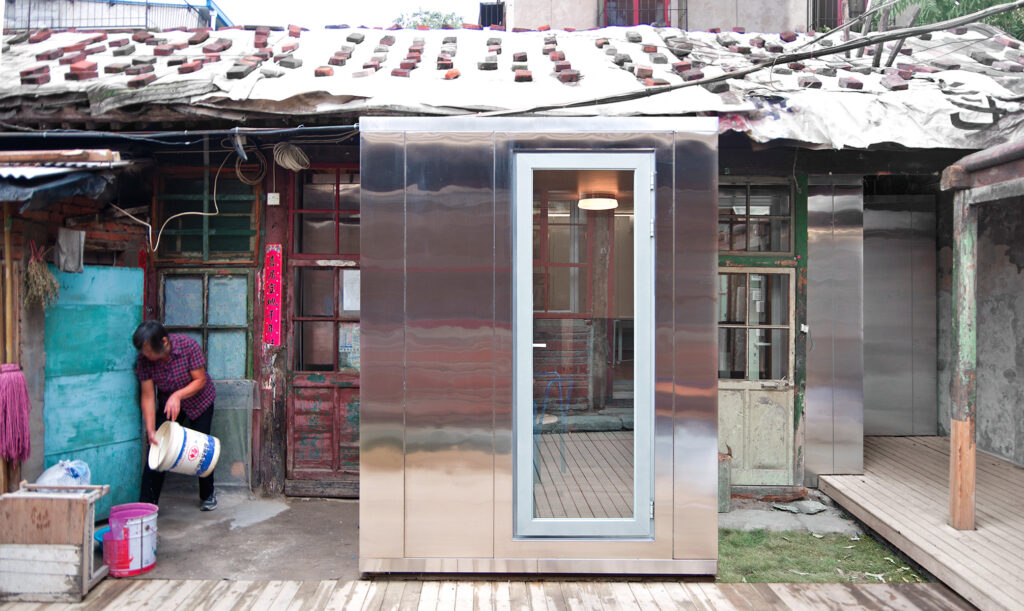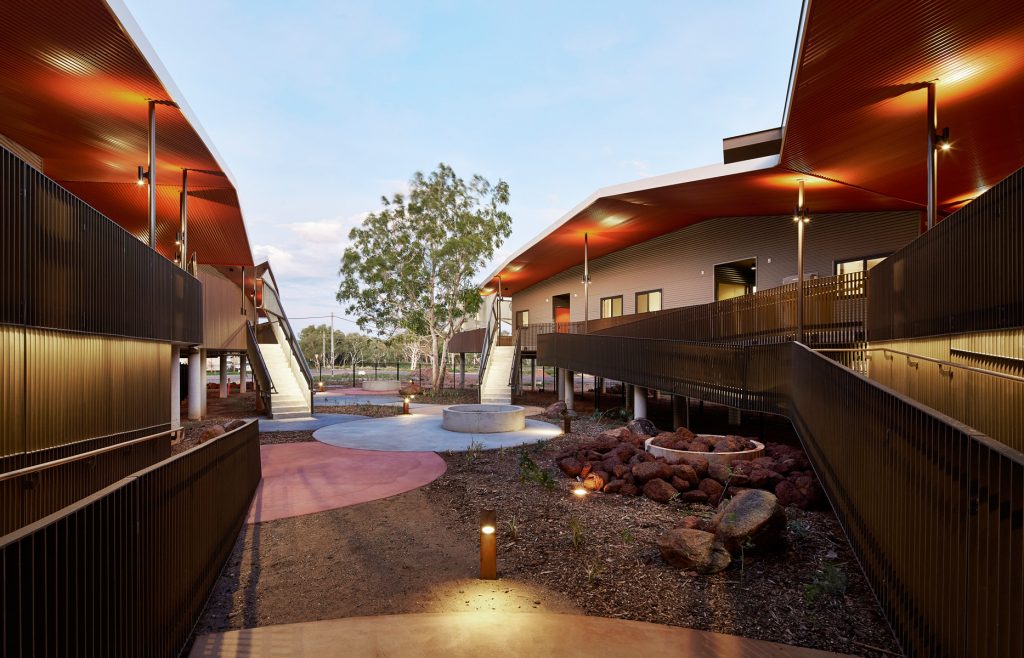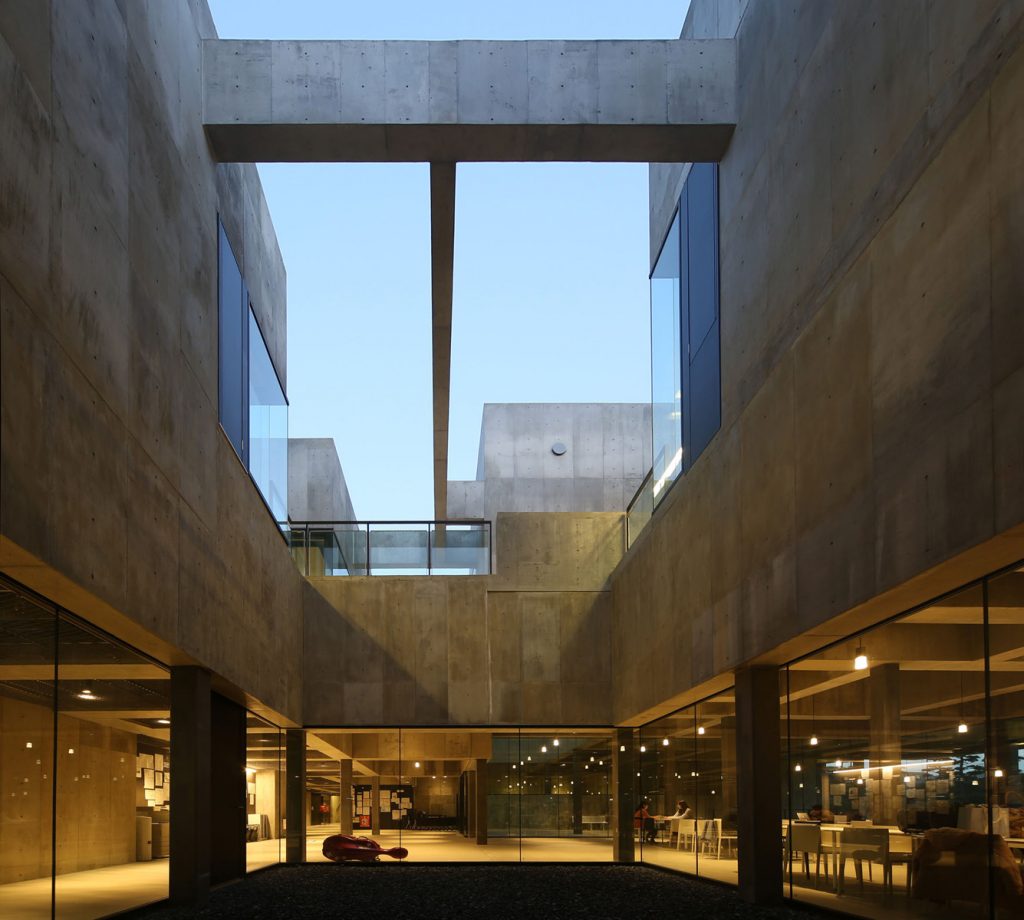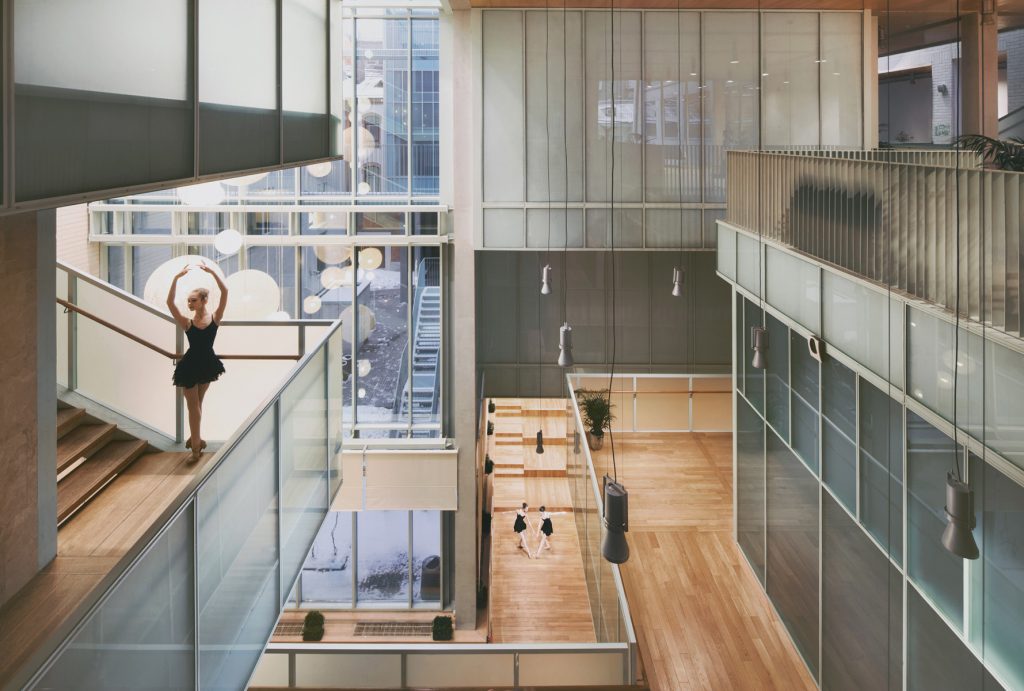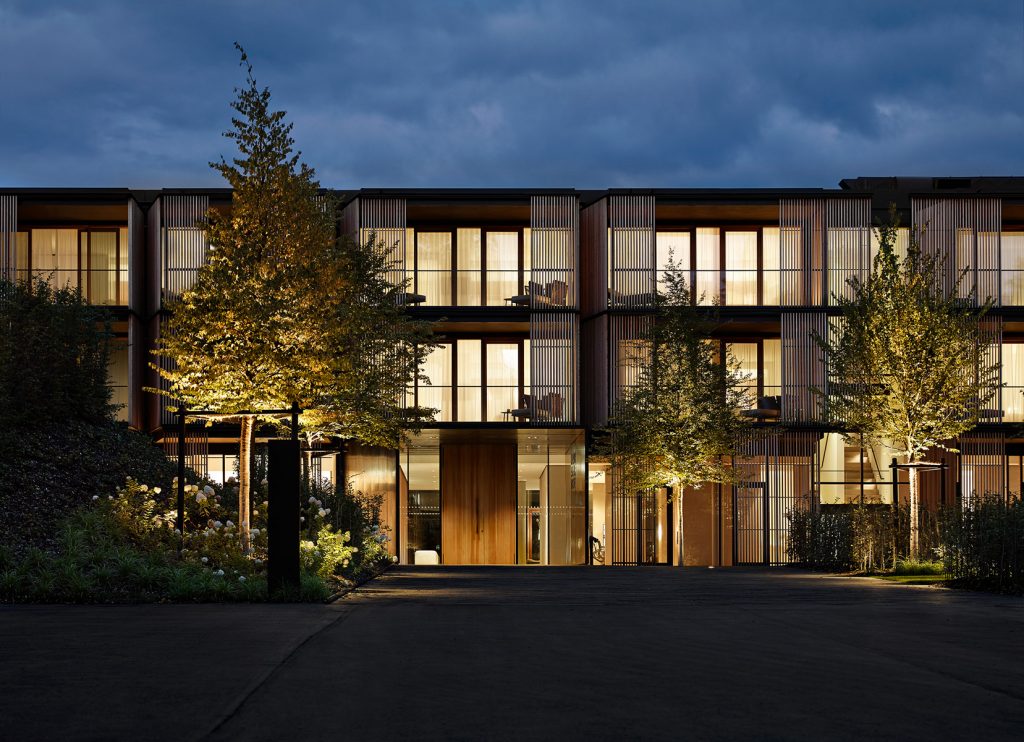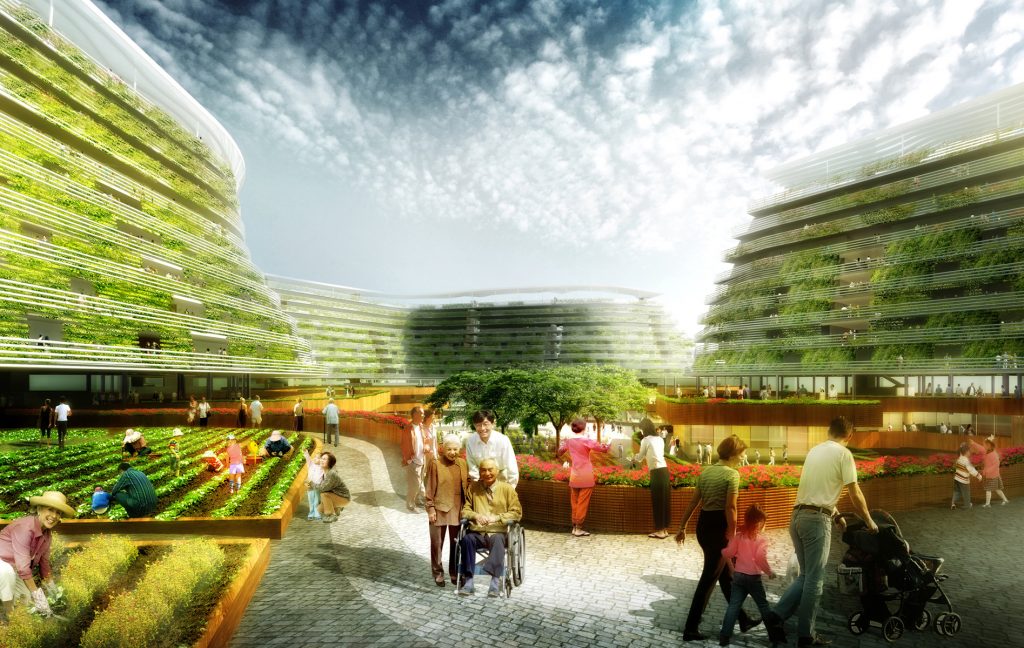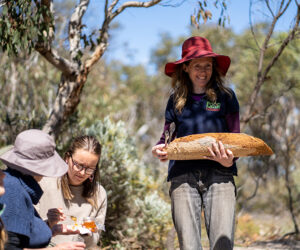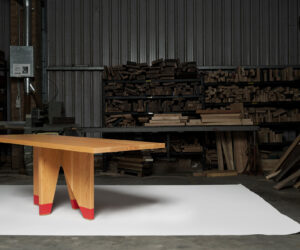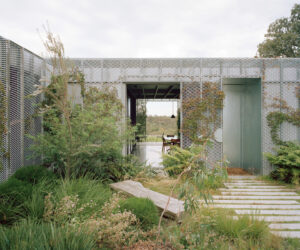World Architecture Festival
A Manhattan transport hub, a ballet school in St Petersburg and an olive oil factory in Uruguay were all winners at the recent World Architecture Festival Awards.
In the Culture Completed Buildings category, Soma City Home for All in Japan, by Klein Dytham Architecture, was victorious. This pro bono project is an indoor play space for children between the ages of 0-4, positioned at the heart of the acres of temporary housing that were built to replace the 250,000 homes destroyed in the 2011 Tohoku earthquake and tsunami. Conceived as a large straw hat held aloft by trees, this building provides a safe indoor play space that is an important amenity for the community amidst ongoing concerns about background radiation levels. The judges commented that the project ‘clearly demonstrates the potential of architecture to be genuinely transformatory and shows how culture can take root and lift spirits in the most challenging circumstances’.
Health project of the year was named as Walumba Elders Centre, Australia, by Iredale Pedersen Hook. After the town of Warmun was devastated by a catastrophic flood, Iredale Pedersen Hook Architects was tasked with rebuilding the community facility buildings and the old Walumba Aged Care centre, working directly with the community elders and care staff to achieve what judges describe as ‘an informed and sensitive response to the social and environmental context’.
Hotel and Leisure was won by Lanserhof, Lake Tegernby Ingenhoven Architects, Germany. A health resort where sustainable architecture combines exquisite hotel facilities and state-of-the-art medical care. The room-height glazing and generous loggia at the front of each room also provide broad views of the natural landscape of the Tegernsee valley while respecting the surrounding landscape. Judges said Ingenhoven Architects ‘demonstrated a wonderful dexterity in creating human scaled spaces, fully supporting the brief for wellness design’.
The Courtyard House Plugin, China, by People’s Architecture Office, won the New and Old category, which covers the addition or insertion of excellent new architecture into historic urban fabric or buildings. The prefabricated modular system is designed to bring modern living standards and energy efficiency to buildings that are centuries old, while keeping them fully intact. The building is commended for its ‘innovation, control and the prevention of traditional neighbourhood housing against the threat of demolition’.
The award for Production, Energy and Recycling was given Fabrica de Oliva, Uruguay, by Marcelo Daglio Arquitectos. This revived olive oil factory was described as ‘lifting the often banal factory form and language to a sublime exemplar’.
The Ballet School, St Petersburg, by Studio 44 Architects won the Schools category with a design that ‘re-establishes a series of heritage buildings using a restrained palette of materials contrast with the early Russian industrial aesthetic of the gritty area’. The project includes two new buildings – teaching and dormitory blocks. The space between the new volumes is interpreted as an atrium, where recreation spaces co-exist with ballet classrooms. The walls of recreation spaces and ballet classes are realized in semi-transparent glass, which serves to flood the building with natural light.
Transport was won by The Fulton Center, Manhattan’s new transport hub by Grimshaw/Arup/James Carpenter/HDR/Page Ayres Cowley. Judges commended the structure as ‘a sophisticated and powerful response, skilfully integrating the art commission to create an uplifting new landmark for the city’. Servicing 300,000 daily transit passengers in the heart of lower Manhattan, the Fulton Center is design to be a catalyst for the redevelopment of the area.
The Commercial Mixed Use category was claimed by Gardens at Punggol, Singapore, by Serie + Multiply Consultants. The floating hawker centre celebrates Singapore’s intimate relationship to the water. WAF representatives commented ‘in an age of austerity and authenticity, it is important to retain culture and reinterpret tradition, which this scheme does effortlessly’.
Future projects Competition Entries was won by Quay Quarter, on the waterfront in Sydney, Australia. Designed by Francis-Jones Morehen, judges thought the concept showed ‘respect for the environment as well as fluid, functional spaces’. A responsive and organic city tower in Sydney’s Circular Quay offers a rich architectural expression and enhanced social amenity for both the building inhabitants and public alike.
In Future Projects Education, the Wellington College Performing Arts Centre by Seilern Architects, UK, was awarded for ‘a poetic relationship between the planned spaces and the existing building and landscape’. The scheme comprises a radical rethink of the theatrical and musical teaching and performance spaces found at the college. The buildings have been designed to sit into the steep slope to minimise impacts to the surroundings and to sit appropriately within the vernacular,a dense forest, with large full height thick charred timber cladding to mimic and blend in with the forest’s bark textures.
In the experimental category, Home Farm by SPARK, Singapore, is ‘a culturally, socially and environmentally sustainable project that offers a real model for the future and gives real thought to the value of the elderly population’, say judges. A conceptual proposal for the next generation of urban retirement housing, the project presents a living typology for Singapore that incorporates vertical urban farming and presents a sustainable way to enhance the city state’s food security, as opposed to the 90% of food currently being imported to the city state.
Future Projects Residential was claimed by Bjarke Ingells Group with its Vancouver House concept in Canada. The project negotiates a difficult site trisected by an overpass, with BIG’s response optimising the conditions for its future inhabitants — in the air as well as on the street. ‘The project demonstrates how architecture can successfully transform residual urban spaces by taking advantage of the air rights above, creating an intelligent and sculptural form that is both purposeful and beautiful’.
